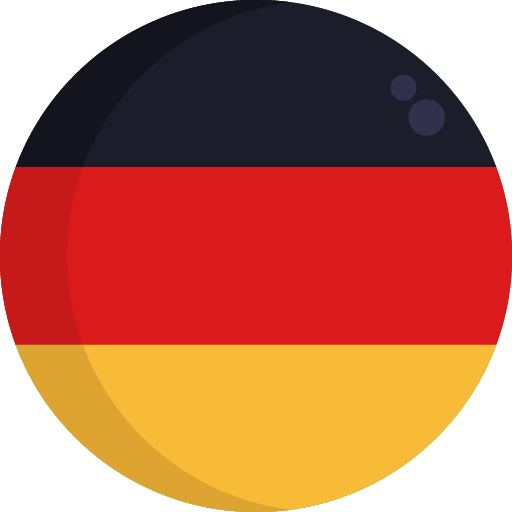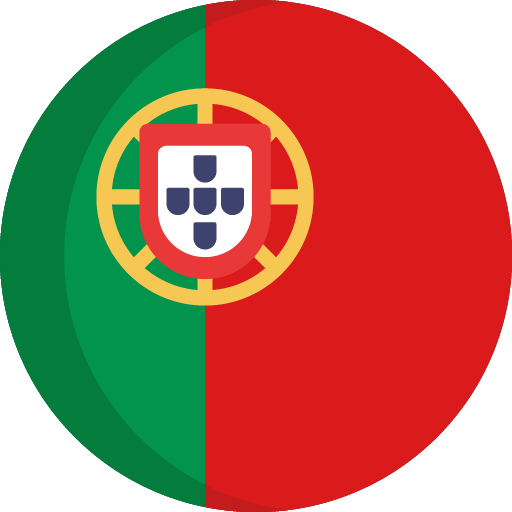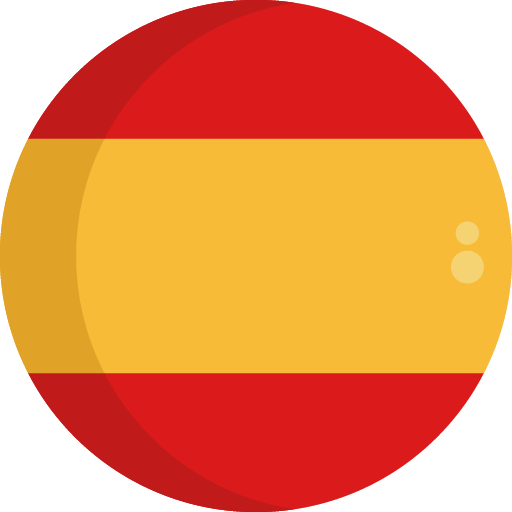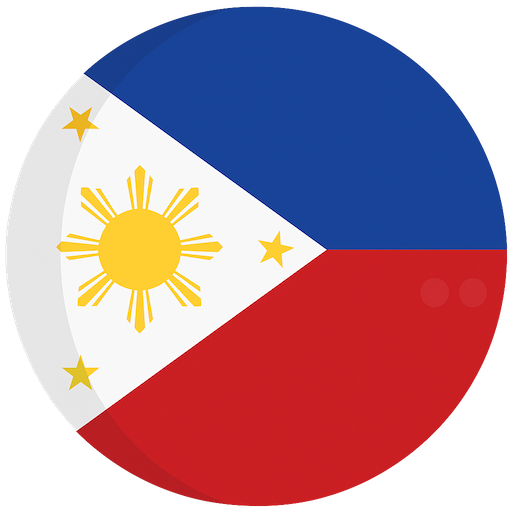Section 58
Woes upon Korazin and Bethsaida for failure to repent
Galilee
| Matthew 11:20-30 |
| 20Then Jesus began to reproach the cities in which most of his miracles had been done, because they did not repent: 21“Woe to you, Chorazin! Woe to you, Bethsaida! For if the miracles that were done in you had been done in Tyre and Sidon, they would have repented long ago in sackcloth and ashes. 22But I tell you, it will be more tolerable on the day of judgment for Tyre and Sidon than for you. 23And you, Capernaum, who have been exalted to heaven, will be brought down to Hades. For if the miracles that were done in you had been done in Sodom, it would have remained until this day. 24But I tell you, it will be more tolerable on the day of judgment for the land of Sodom than for you.” 25At that time Jesus said, “I praise you, Father, Lord of heaven and earth, because you have hidden these things from the wise and intelligent, and revealed them to infants. 26Yes, Father, for so it was well-pleasing in your sight. 27All things have been delivered to me by my Father. No one knows the Son except the Father, and no one knows the Father except the Son, and anyone to whom the Son chooses to reveal him. 28Come to me, all of you who labor and are burdened, and I will give you rest. 29Take my yoke upon you and learn from me, for I am gentle and lowly in heart, and you will find rest for your souls. 30For my yoke is easy, and my burden is light.” |
Notes
Bethsaida
Bethsaida, the “house of hunters/fishermen,” was a town east of the Jordan River and just north of the Sea of Galilee. Phillip the Tetrarch, the son of Herod the Great, extensively rebuilt the town and named it “Julias” after Julia, the wife of Augustus Caesar.
When Phillip died he was buried in Bethsaida. In this vicinity, Jesus fed the 5,000, healed a blind man, and left Bethsaida’s shore to walk on the water. This region was known for abundant fish and fowl.
The ruins of Bethsaida are 1 mile off the Sea of Galilee. Some scholars maintained that it was implausible for a fishing village to be so far from the water. There is a small harbor village right on the water and it is probable that the main city was indeed a mile away.
Korazin
Korazin is about 3 miles north of Capernaum. Its name meant “furnace of smoke”. It was famous for its grain. This was the general setting for Jesus’ parable of the Sower. There is no other Biblical mention of Korazin apart from Jesus denouncing the town.
Korazin stood in the northwestern corner of the Galilee region, about three miles from the sea. The nearby cities of Capernaum and Bethsaida joined Korazin as part of the “orthodox triangle,” an area inhabited primarily by devout Jews.
Capernaum
Capernaum, the center of Jesus’ ministry, is no longer inhabited. Although abandoned after the Islamic conquest of the seventh century, the earthquake of 747 A.D. left the town desolate, and only remains are left. It was once a thriving town on the northern shore of the Sea of Galilee. As you pass the vibrant colors of the bougainvillea, eucalyptus and palm trees at the entrance, you are reminded of the fertility of the soil and the mild climate.
Only part of the city lies within the walls of the Franciscan compound. To the east of the walls is another part of the city owned by the Greek Orthodox Church. Most of the city in which Jesus ministered lies unexcavated, eastward along the shore and northward toward the hills. You can see black basalt stones in the fields, indicating the remains of buildings below the soil. This lovely village, with its white limestone synagogue and black basalt houses, gives evidence of its prosperity over several centuries.



















